Culture
All cabi products have good live cultures
Think of them as good and friendly bacterial creatures. Did you know almost every japanese condiment involves a fermentation process? Starting with soy sauce, miso, mirin, vinegar, and the list goes on!
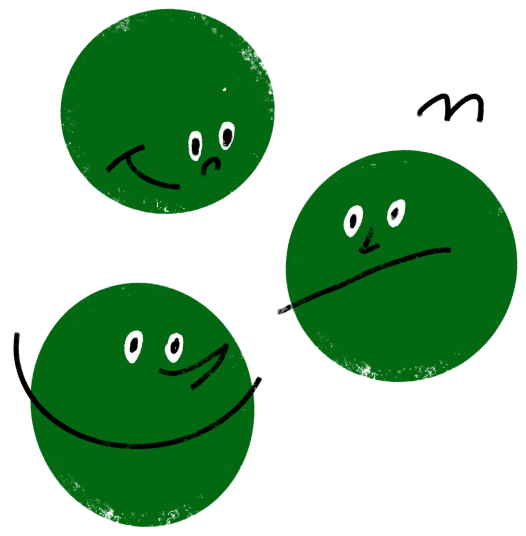
Miso contains a natural amino acid called GABA. It is said to have an anti-stress effect as a neurotransmitter that relaxes your brian and suppresses irritation.
Stress Reducer, GABA

Because of the diet, Japan has the highest life expectancy in the world.
Hello, healthy long life!

In the process of fermentation by microorganisms, different types of acids are produced such as amino acids, which are the source of umami.
Umami Creators

Vitamins B is found in many fermented foods that have the effect of boosting metabolism.
Metabolism booster!

Incorporating fermented foods containing them enhances immunity and helps maintain good health.
Immunity Enhancer

What makes Japanese fermentation (hakkō) unique?
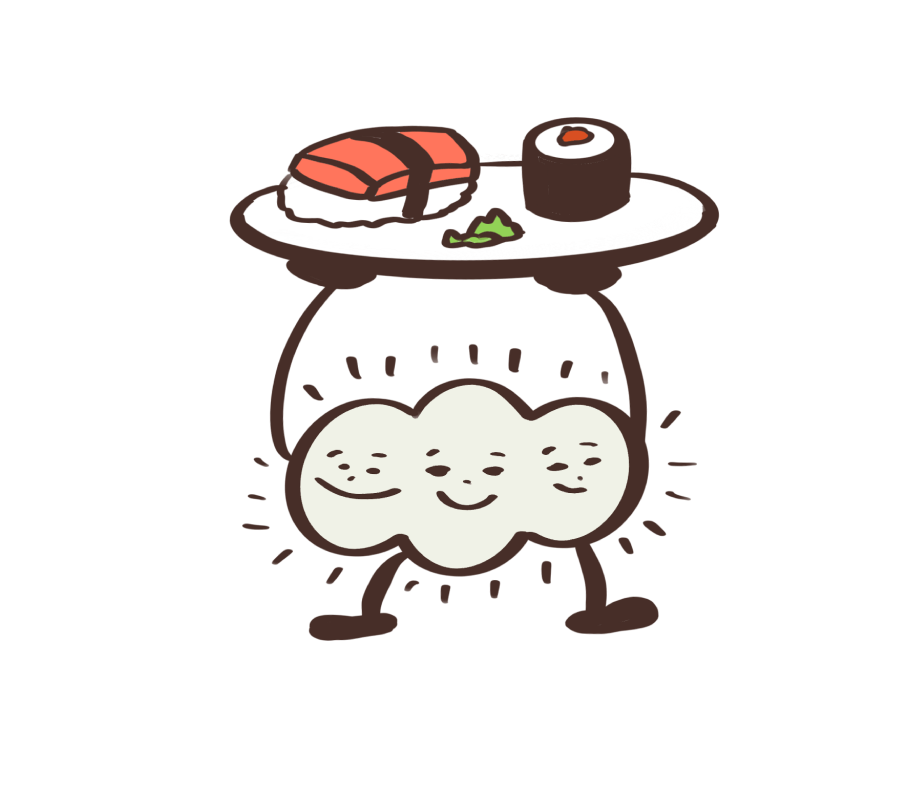
Koji is the most essential ingredient in Japanese fermentation. Koji is rice or barley that has been inoculated with Aspergillus oryzae (the official scientific name of Koji), a species of mold. It is not an overstatment to say that Koji has supported Japan’s culinary world. It brings umami, natural sweetness, and aroma. Koji is used in almost every single condiments we have from soy sauce, miso, vinegar to sake, and they wouldn’t exist without Koji.

About Tane Koji (Koji starter) - How to make Koji?
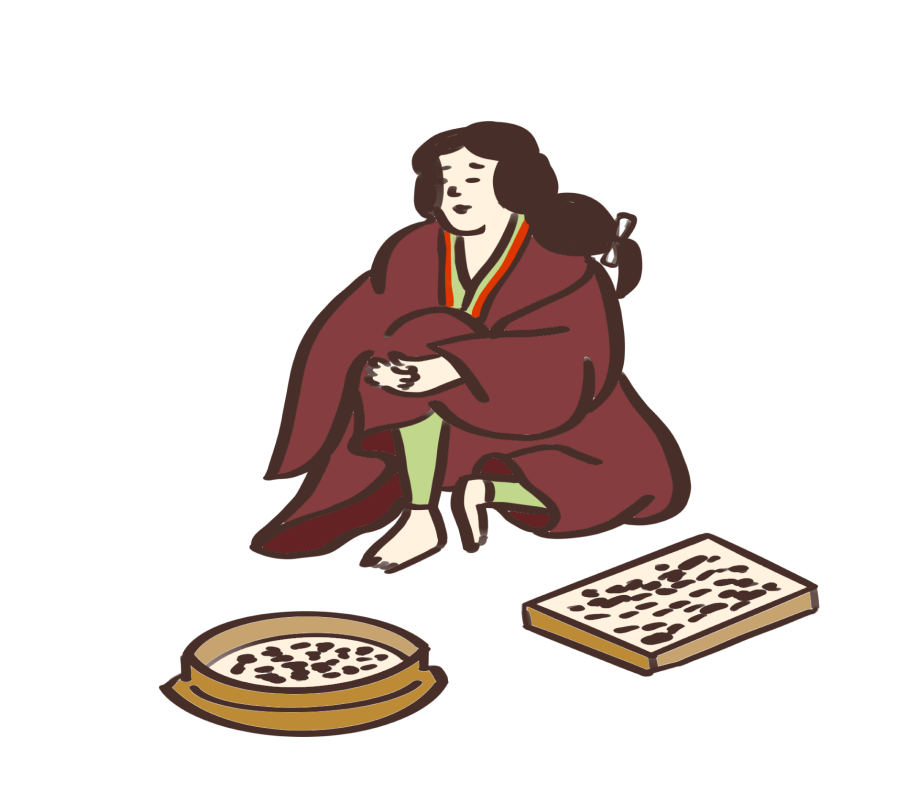
You need Koji starter when you want to make Koji. The concept is very similar to sourdough yeast starters. Like yeast, Koji also appears as a lightly colored powder, contains dried Koji spores instead of baking yeast. There’re key companies that culture and sell Koji starters, who have existed for over 500 years! They’ve figured out how to extract only the pure starter from Koji with wood ash, and their invention made it possible to make high-quality fermentation products with scale.

Types of Miso

It’s hard to categorize miso since it has evolved locally. One way to categorize is by the ingredients of miso, typically rice or beans, or wheat. Another way is a color, white or brown or deep brown. Also, the koji content affects taste. The combination of these variances shape saltiness/sweetness, umami flavor, and aroma.

Types of Soy Sauce
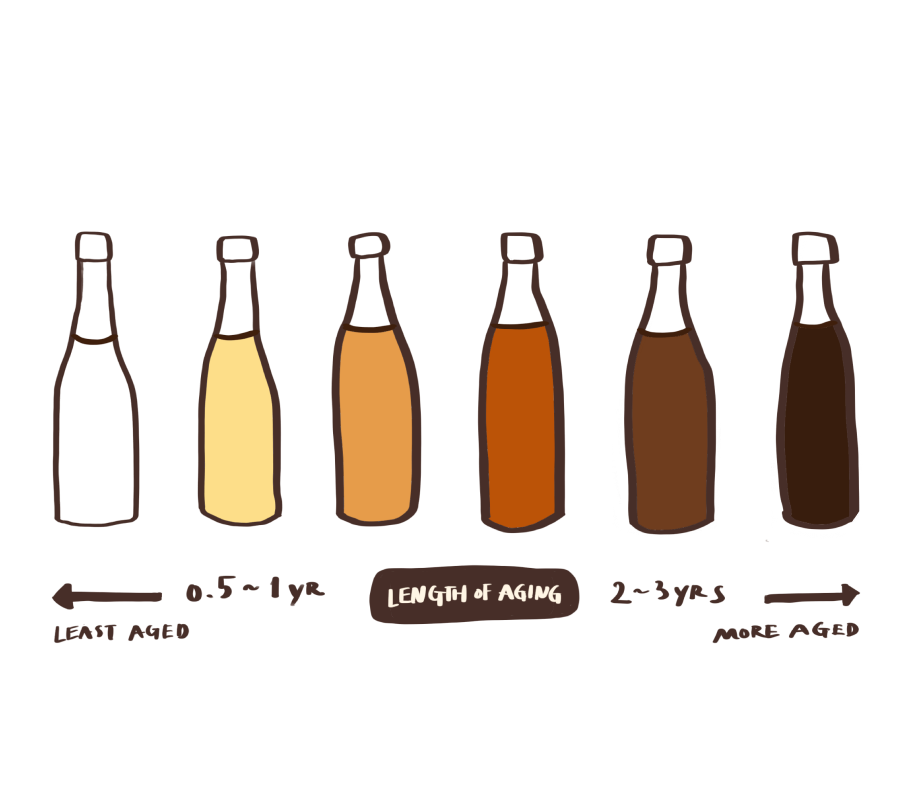
Naturally brewed soy sauce has an aroma and complexity of flavor compared to industrial soy sauce which tends to be is just very salty. There are 6 categories of soy sauce based on the aging period. The longest-aged soy sauce is called Tamari, generally aged for 2-3 years. You can taste the strong umami flavor and it’s often paired with with fatty food, like salmon or fatty tuna. The least-aged soy sauce is called Shiro, generally aged less than a year. It’s suprisingly saltier in contrast to the clear color and has less umami flavor, and it goes better with food when you want to bring out the taste of the ingredients.

Unusual fermented food - Bonito flakes, Sushi

Soy sauce, Miso, and Sake seem to be the main casts of the fermentation history, but there're more than you could ever imagine. Fermented food has been cultivated uniquely and locally, associated with local food. For example, bonito flakes, known in southern Japan and often used to make dashi, are made by fermenting bonito with koji. Another interesting one to know might be back in the day sushi was called Nare Sushi, which is made by mixing fish with salt and rice, preserving it for a long time, and fermenting it. Nare Sushi was a staple dish in the south of Kyoto.

UNESCO’s Intangible Cultural Heritage
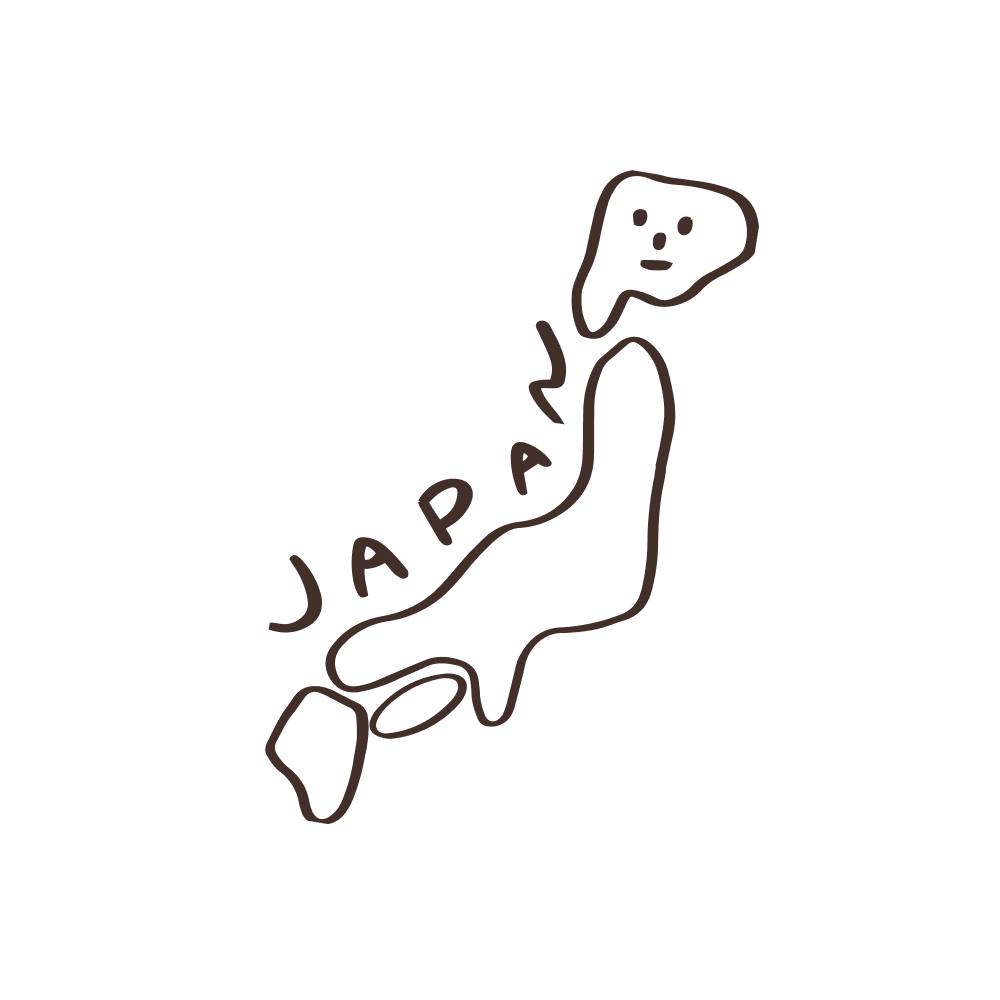
Japanese food has even been listed on UNESCO’s Intangible Cultural Heritage.
Japanese cuisine started gaining its flavor in 17th century Edo, which later became known as Tokyo. The city is now home to the most restaurants with Michelin stars in the world.
Great to see you!
Log in or create an account by entering your email address.